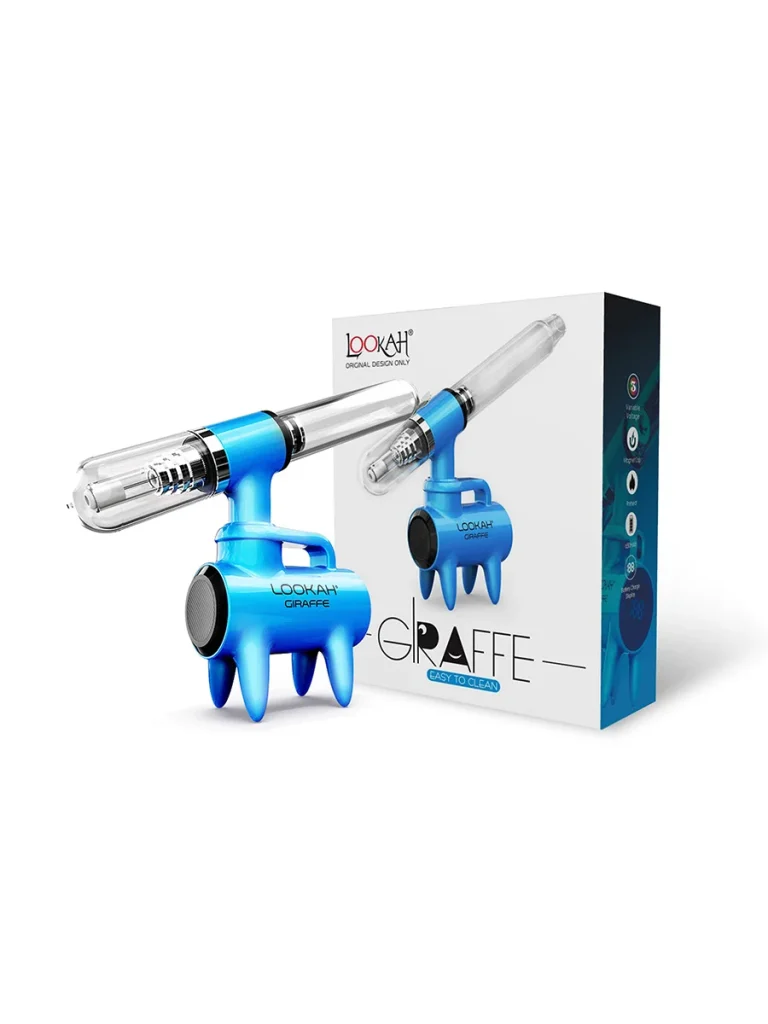
Introduction to Botox and Fillers
In the world of aesthetic enhancement, few treatments have garnered as much attention as Botox and dermal fillers. Both options offer individuals the opportunity to address common signs of aging, providing a refreshed and youthful appearance without the need for invasive surgical procedures. With advancements in technology and technique, these treatments have become increasingly popular among diverse age groups looking to enhance their natural beauty. This article will delve deep into what Botox and fillers are, their benefits, potential risks, and important considerations in selecting the right provider for your needs. Moreover, we will explore botox and fillers before and after imagery, which can shed light on the expected results of these treatments.
Understanding Botox: What It Is and How It Works
Botox, a brand name for botulinum toxin type A, is a neurotoxin that temporarily paralyzes muscles. Widely used for cosmetic purposes, Botox is particularly effective in reducing the appearance of dynamic wrinkles—those caused by movements like frowning, squinting, or smiling. When injected into targeted muscles, Botox inhibits the release of acetylcholine, a neurotransmitter that facilitates muscle contraction. This results in smoother skin and a reduction in wrinkle depth.
In addition to its cosmetic uses, Botox is also employed for medical conditions such as chronic migraines, excessive sweating, and certain musculoskeletal disorders. The versatility of Botox makes it a popular choice in aesthetic medicine, catering to various needs and settings.
Types of Fillers: Exploring Options and Benefits
Dermal fillers, on the other hand, are a group of injectable substances that restore volume, smooth out wrinkles, and enhance facial contours. Unlike Botox, which paralyzes facial muscles, fillers work by adding volume beneath the skin’s surface. They are made from various substances, including hyaluronic acid, calcium hydroxyapatite, polylactic acid, and more. Each type of filler serves unique purposes and offers different benefits:
- Hyaluronic Acid Fillers: These are the most common fillers, providing immediate volume and hydration. They are reversible and can last anywhere from six months to over a year, depending on the specific product used.
- Calcium Hydroxyapatite: Often used for deeper lines and folds, this filler stimulates collagen production and offers longer-lasting results, typically around 12 months.
- Polylactic Acid: This filler encourages collagen production over time, making it ideal for gradual volume restoration in areas like the cheeks and temples. Results can last up to two years.
While each type of filler has its unique benefits, the choice ultimately depends on individual goals, skin type, and areas of concern.
The Importance of Before and After Comparisons
When considering Botox and filler treatments, one crucial aspect is evaluating before and after results. These comparisons serve as educational tools for potential clients, showcasing real-life outcomes, setting expectations, and helping individuals make informed decisions. Through ample visual evidence, clients can gauge the effectiveness of treatments and the skills of practitioners.
Before and after photos often illustrate the immediate and long-term benefits of these treatments, offering insights into the expected transformations. However, it’s essential to ensure that the images come from credible sources and represent realistic outcomes.
Benefits of Botox and Fillers
Immediate Effects: What Clients Can Expect
One of the primary appeals of Botox and fillers is their ability to provide immediate results with minimal downtime. Clients often leave their appointments looking refreshed and rejuvenated. Botox typically takes effect within 3 to 5 days, with peak results occurring around two weeks post-treatment. Patients often report visible reductions in wrinkles and an overall smoother complexion.
Fillers produce instant results as well, allowing clients to witness transformations in facial contours and volume almost immediately. Whether it’s plumping lips or filling in smile lines, the immediate effects of fillers can enhance one’s confidence and self-esteem with just a simple injection.
Long-Term Advantages: Maintaining Youthful Appearance
Beyond immediate outcomes, Botox and fillers can contribute to long-term changes in facial aesthetics. With consistent treatments, clients may experience delays in the aging process. Botox helps prevent the formation of new dynamic wrinkles by inhibiting muscle movement. Meanwhile, fillers can stimulate natural collagen production over time, leading to more sustained volume and elasticity in the skin.
Regular treatments can also create a cumulative effect, resulting in even more impressive outcomes as time progresses. Many clients report feeling they look years younger—maintaining a youthful glow well into their later years.
Potential Risks and How to Mitigate Them
While Botox and fillers have many benefits, it’s important to acknowledge that they are not without risks. Some potential side effects include bruising, swelling, and tenderness at injection sites. In rare cases, individuals may experience allergic reactions or more severe complications such as asymmetry or unintended muscle weakness.
To mitigate these risks, clients should ensure they select a qualified and experienced practitioner. Adhering to pre-treatment and post-treatment instructions provided by the practitioner can also minimize complications. Open conversations about medical history, allergies, and concerns can also enhance safety and satisfaction.
Choosing the Right Provider
Qualities to Look for in a Practitioner
Selecting the right provider for Botox and filler treatments is a crucial step in ensuring a positive experience and outcome. Credentials and experience are paramount. Clients should seek practitioners who are board-certified dermatologists or plastic surgeons with extensive experience in aesthetic injectables.
Moreover, listening to your instincts and discerning the comfort level with the practitioner can play a vital role in the overall experience. A good provider should be attentive, address all concerns, and demonstrate a clear understanding of the products being used.
Evaluating Before and After Portfolios
Before making a decision, clients should carefully examine before and after portfolios of potential providers. Authenticity and diversity in the examples shown can highlight the practitioner’s range and skillset. Clients should review numerous cases closely resembling their face shape or aesthetic goals, as this offers the clearest representation of potential results.
Client Testimonials: Learning from Others’ Experiences
Reading client testimonials is another effective way to gauge the suitability of a practitioner. Honest reviews can provide insights into the overall experience, including the quality of care, results achieved, and the practitioner’s demeanor. Clients can gain a sense of the consistency and reliability of the provider, as well as any red flags that may arise from the feedback.
Debunking Myths about Botox and Fillers
Common Misconceptions: What You Should Know
Despite their popularity, several misconceptions surround Botox and fillers. One of the most common myths is that Botox is only for older individuals. In reality, many young adults seek Botox as a preventative measure against wrinkles. Furthermore, another prevalent myth is that fillers create an unnatural appearance. In truth, when properly administered, fillers can enhance natural features without leading to an exaggerated look.
Fact vs. Fiction: Addressing Fears and Concerns
Addressing fears about botulinum toxicity is also essential. Many individuals worry that too much Botox can lead to a frozen face. This concern can be alleviated by ensuring treatment is administered by a skilled practitioner who thoroughly understands dosage and facial anatomy. Additionally, clients should engage in open communication about expectations and preferences during the consultation process.
The Truth about Pain and Recovery Times
Many prospective patients have concerns about pain and recovery times associated with these treatments. Though it’s common to experience mild discomfort during injections, the pain is generally comparable to a pinch. Some practitioners use topical anesthetics or ice to minimize sensations. As far as recovery times are concerned, most patients can return to their regular activities immediately following treatment, with only slight redness or swelling potentially present.
Conclusion: Making Informed Decisions
Reflecting on Personal Goals for Treatment
Before selecting Botox or fillers, it is crucial for individuals to reflect on their personal goals. Understanding what specific concerns they wish to address will guide both the type of product to choose and the desired treatment outcomes. Considering both aesthetic goals and comfort levels will lead to informed and satisfying choices.
Consultation Importance: Crafting Your Customized Plan
The consultation is an essential step in the Botox and filler journey. Clients should be prepared to ask questions and discuss specific goals with their provider during this initial meeting. A customized plan will be developed based on unique facial anatomy and personal preferences, increasing the likelihood of achieving desired results.
Next Steps: What to Expect Post-Treatment
After undergoing Botox or filler treatments, clients should follow post-treatment care instructions provided by their practitioner. It’s common to experience minor side effects, but most individuals can swiftly return to their day-to-day activities. Clients should evaluate their results consistently and maintain open lines of communication with their provider for follow-up appointments as necessary. A well-informed and prepared client can truly enjoy the transformative benefits of these aesthetic treatments while enhancing their overall self-image.




